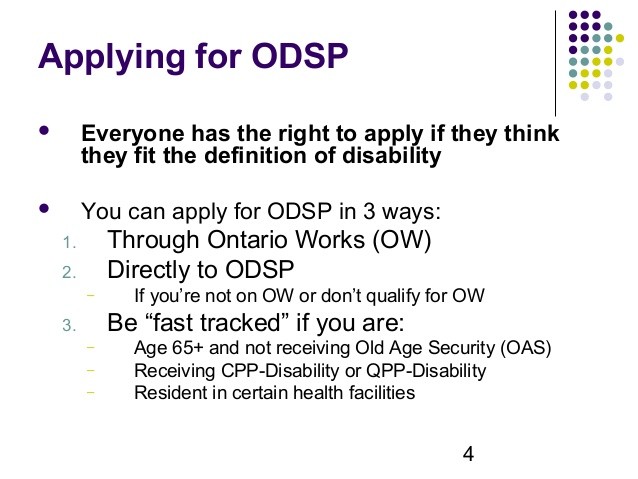Risk profile (Business) Definition Online Encyclopedia
Post on: 7 Апрель, 2015 No Comment

The slope of a line graph ed according to the value of an underlying asset on the x-axis and the value of a position exposed to risk in the underlying asset on the y-axis. Also used with changes in value. See: Payoff profile .
The Moderate risk profile is for investors who are comfortable with average exposure to equity market volatility.
Sponsors Center
Sponsored Links.
Risk profile
A mapping of the change in value or profits and losses to which an organization has exposure.
Risk-return tradeoff.
Clarify your risk profile
It’s important to understand how much risk you are willing to take with your investments.
See: Risk profile. Payout period The time period during which withdrawals from a retirement account or annuity are paid. Payout ratioGenerally, the proportion of earnings paid out to the common stockholders as dividends.
The attractive feature for investors is the lower risk profile with a relatively high return with respect to other debt instruments.
RISK PROFILE A measurement of an individual’s tolerance for risk. RISK TOLERANCE A measurement of the amount of investment risk that an individual is willing to assume. This amount of risk may change for an individual as their personal and economic situation changes.
From a buyer’s perspective then, expected retention (or loss) of key employees is a key element of a firm’s risk profile. To mitigate this risk, and hence increase value, companies may be well served to consider and develop retention bonus plans in advance of a divestiture strategy.
Where the project is outside the normal operations of the firm or has a different risk profile. the WACC is not be a good estimate of the required rate of return on the project.
RORAC makes it easier to compare and contrast projects with different risk profile s. Allocated risk capital = the firm’s capital, adjusted for a maximum potential loss based on the probability of future returns or volatility of earnings.
Learn how to generate higher returns while keeping the same risk profile. Adding Alpha Without Adding Risk
For those who are new to futures but want a solid understanding of them, this tutorial explains what futures contracts are, how they work and why investors use them. Futures Fundamentals.
The result is differ materially and risk profile s return of index funds that use them. The GSCI is pondered 65 percent of energy (crude oil, natural gas, gasoline), the more particularly volatile product category. DJ-UBS Energy has a weight of only 33 percent.
Private-Passenger Auto Insurance Policyholder Risk Profile — This refers to the risk profile of auto insurance policyholders and can be divided into three categories: standard, nonstandard and preferred.
Having said this, it’s important to understand that different stocks and different bonds have different risk profile s. Some funds hold very aggressive stocks (like micro-cap and emerging country stocks) and other funds hold more conservative equities. The same goes for bonds.
The main feature of Distribution Bonds, apart from their lower risk profile.
Because of the nature of financial leverage and the rapid returns that are possible, day trading can be either extremely profitable or extremely unprofitable, and high-risk profile traders can generate either huge percentage returns or huge percentage losses.
Because these portfolios contain a large number of positions over many areas, they are considered to have a lower overall risk profile.
You can find all of the details about a mutual fund-including its investment strategy, risk profile. performance history, management, and fees-in a document called the prospectus. You should always read the prospectus before investing in a fund.

By deleveraging its balance sheet, a company sells off debt to lower its overall risk profile. Deleveraging can have serious financial consequences when a company tries to unwind assets that are illiquid. In this case, deleveraging may mean selling assets at a relatively steep discount.
In FINANCIAL MARKETS the most commonly used measure of risk is the volatility (or STANDARD DEVIATION) of the PRICE of, or more appropriately the TOTAL RETURNS on, an ASSET. Often added to the risk profile are other statistical measures such as skewness and the possibility of extreme changes on rare.
The requirements laid down by regulators for lending institution s to comply with a specified capital requirement (i.e. reserve position), determined by looking at the risk profile of the institutions assets.
What to do if you need more help.
BARRA
Software programs developed by the international investment consulting firm Barra International used to evaluate risk profile s, chiefly in equity investment s.
Transparency — Refers to the presentation or announcement of positions. In portfolio and risk management it focuses on positions and the associated risk profile s.
A futures equivalent can be calculated by taking the number of options and multiplying it by the previous day’s risk factor (delta ) for the same option series. This term is generally used to refer to the equivalent position in futures contracts that is needed to have a risk profile identical to the.
The slope of a line graph ed according to the value of an underlying asset on the x-axis and the value of a position taken to hedge against risk exposure on the y-axis. Also used with changes in value. See: Risk profile.
The performance of passively managed index ed investments and their risk profile s tend to correspond closely to the asset class or subclass that the index tracks.
Markowitz showed how quadratic programming could be used to calculate a set of efficient portfolios. An investor then will choose among a set of efficient portfolio s the best that is consistent with the risk profile of the investor.
funds, mutual funds, and insurance companies have money managers, as do endowments, managed account s, and hedge fund s. The portfolio that the manager constructs and the amount and timing of the trading he or she authorizes are directly linked to the portfolio’s investment objective and risk profile.














